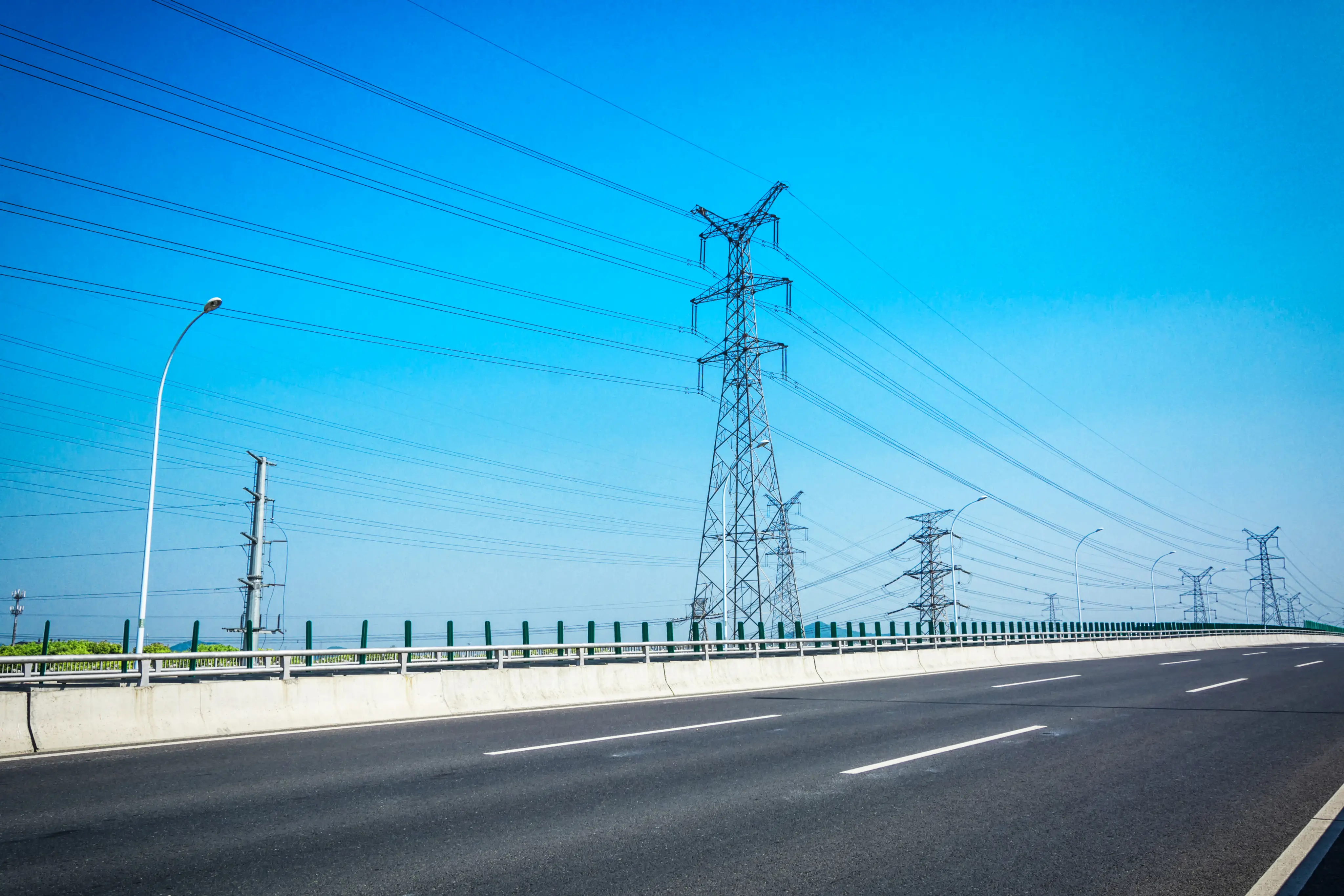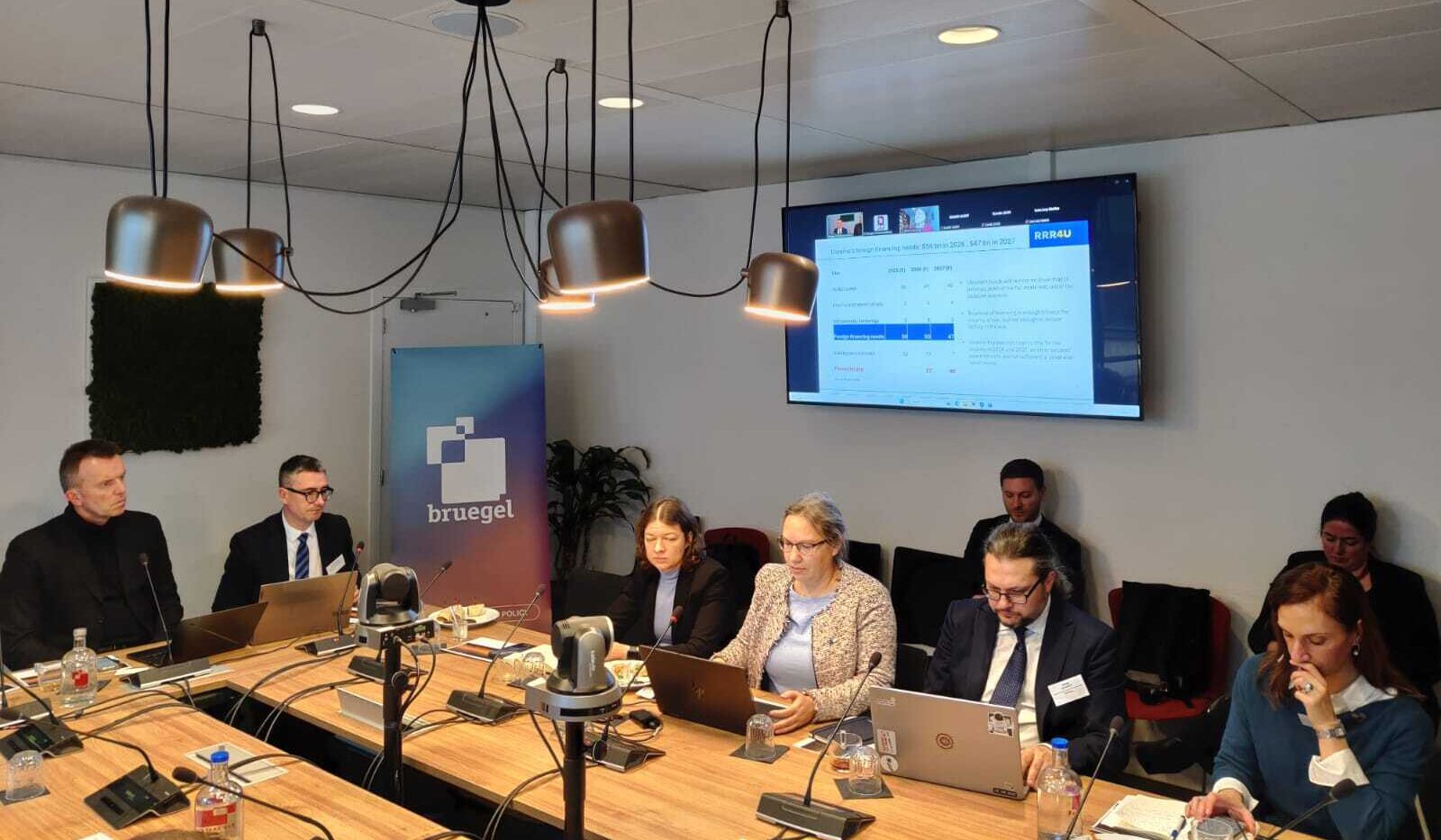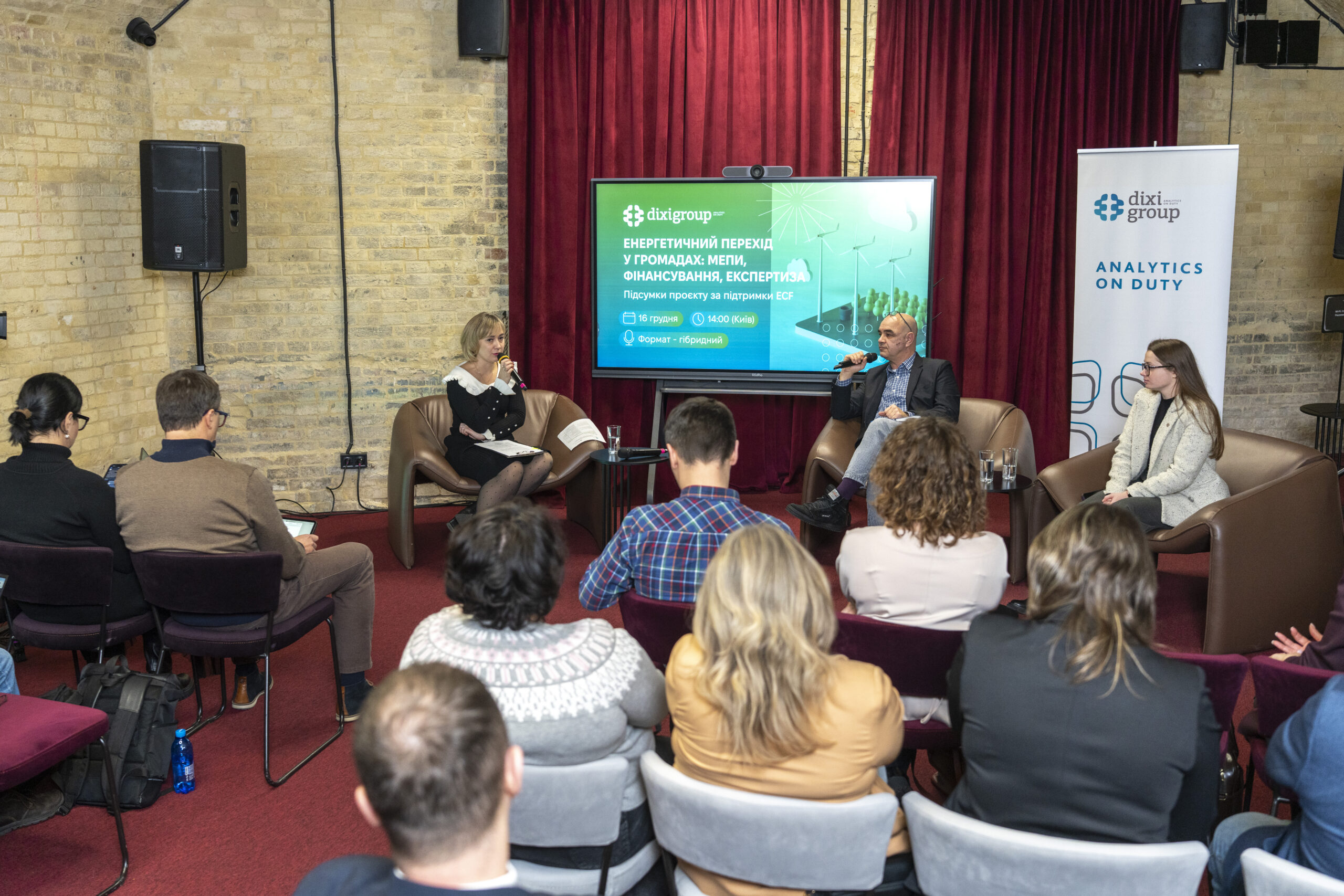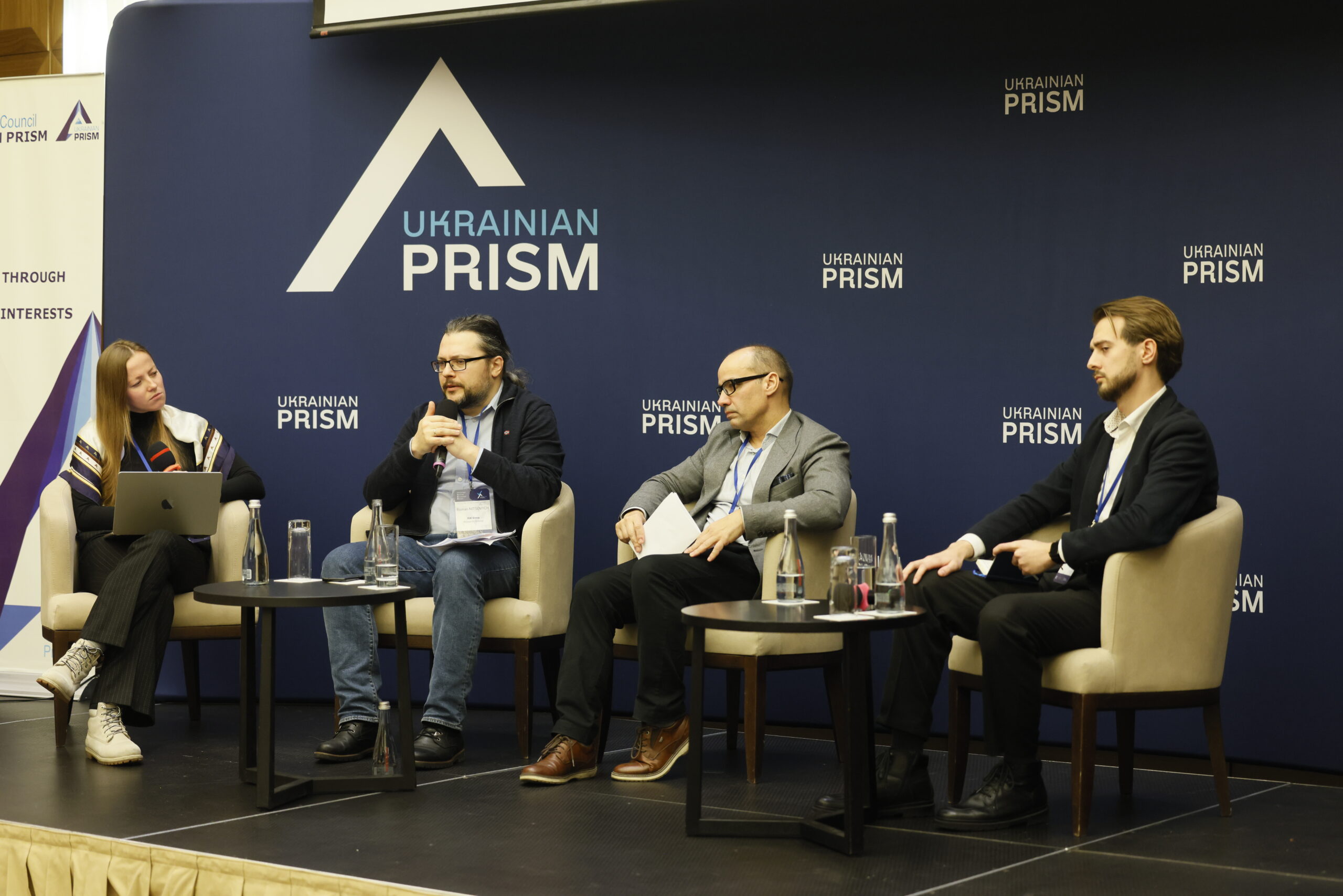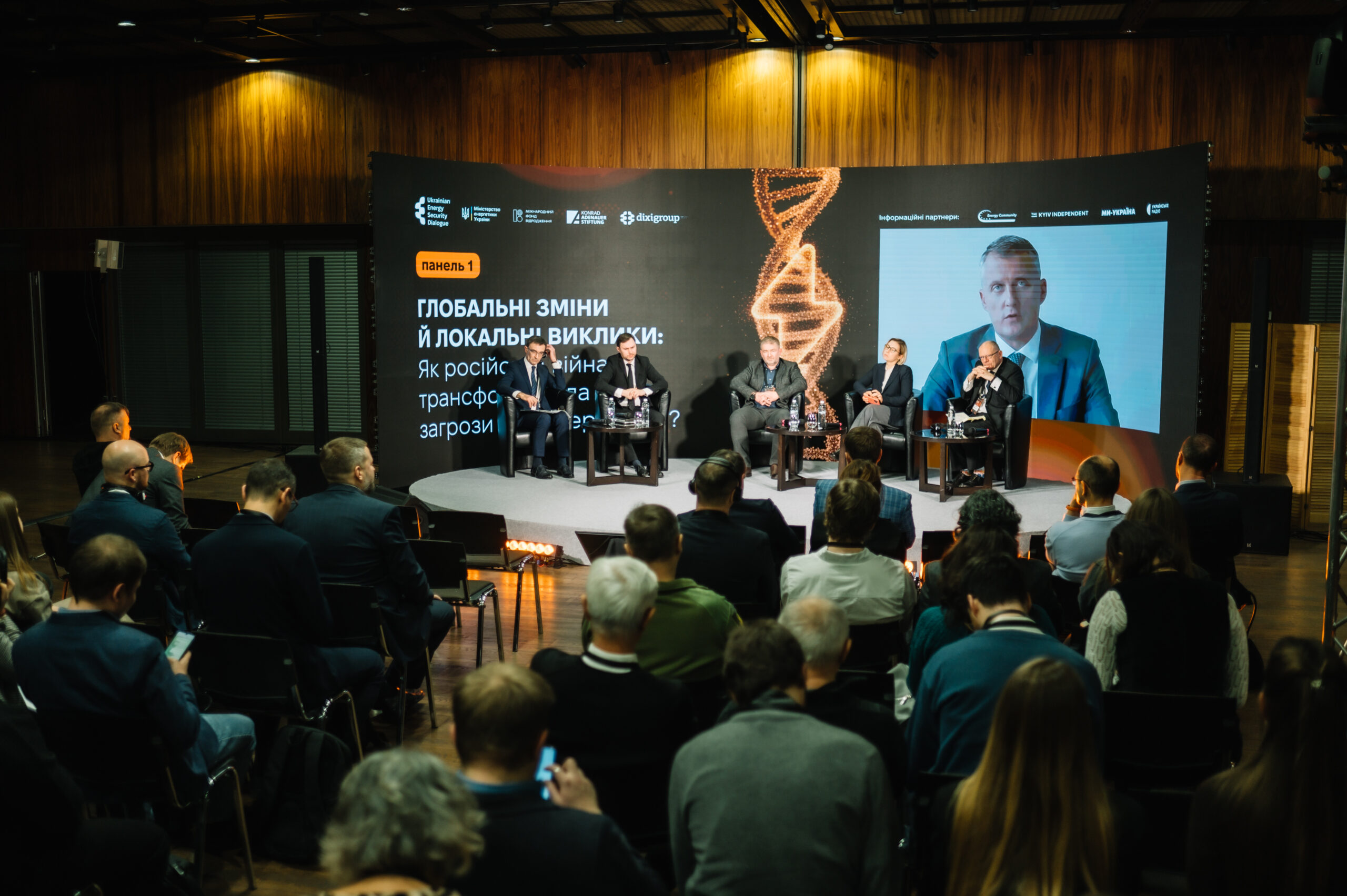According to Energy Map data, by the end of 2024, almost one in five residential electricity consumers in Ukraine (19.7%) used a smart meter. In total, 3.29 million smart meters were installed, which is 1.1 million more (49.9%) than at the end of 2022.
In 2025, distribution system operators (DSOs) plan to install an additional 611.2 thousand smart meters, covering about 3.7% of all households.
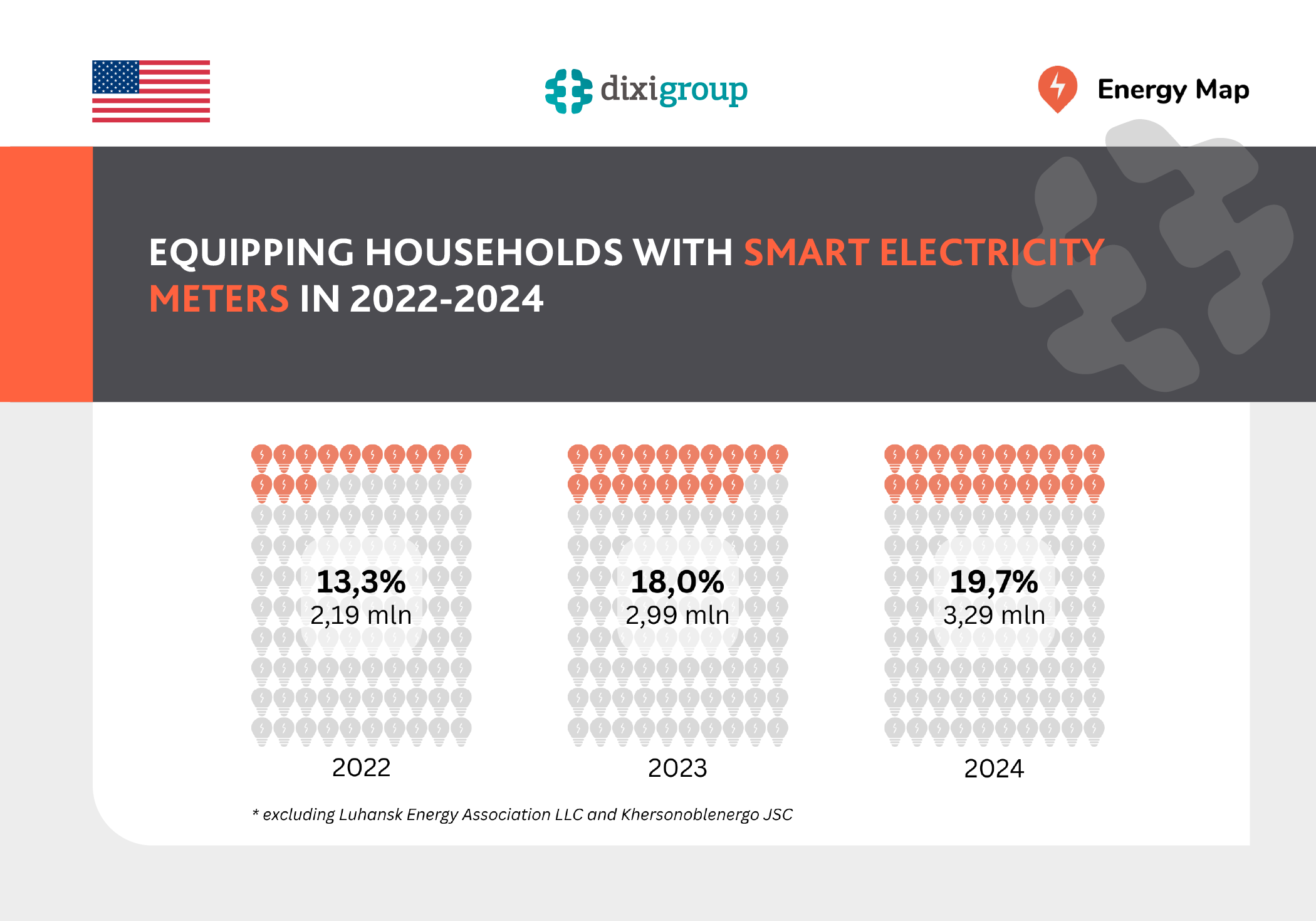
What are the advantages of smart meters?
A smart meter is an electricity meter connected to an automated commercial electricity metering system. Unlike conventional or multi-zone meters, which only record consumption by time period and require manual readings, smart meters automatically transmits readings and additional information about outages, network overloads, losses, or device malfunctions. This means consumers no longer need to submit monthly readings manually, while DSOs receive accurate and timely data on consumption volumes and parameters. Consumers also gain a better understanding of electricity supply quality and can claim legally guaranteed compensation from DSOs in case of service quality violations.
Generally, smart meters enable automatic operation under differentiated tariffs. For example, in the two-zone tariff, electricity consumed at night (from 11:00 p.m. to 7:00 a.m.) costs 50% less. This helps households save money and reduces peak loads on the power system, since it becomes cost-effective to run energy-intensive appliances during off-peak hours.
The replacement of conventional meters with smart ones is free of charge under DSO investment programs approved annually by the National Energy and Utilities Regulatory Commission (NEURC), and can also be arranged as a commercial service upon consumer request.
Regional leaders and outsiders in smart meter deployment
By the end of 2024, the highest smart meter installation level was recorded in Ivano-Frankivsk region – 39.2% (226.5 thousand households). Other leaders included:
- Dnipropetrovsk region – 38.1% (505.7 thousand);
- Zaporizhzhia region – 34.3% (262.3 thousand);
- Zakarpattia region – 32.4% (145.0 thousand);
- Volyn region – 31.0% (123.7 thousand).
The lowest levels, under 10%, are in Chernivtsi (9.2%), Cherkasy (5.0%), Kharkiv (4.2%), and Donetsk (3.0%) regions. Together, these regions accounted for only 141,9 thousand smart meters.
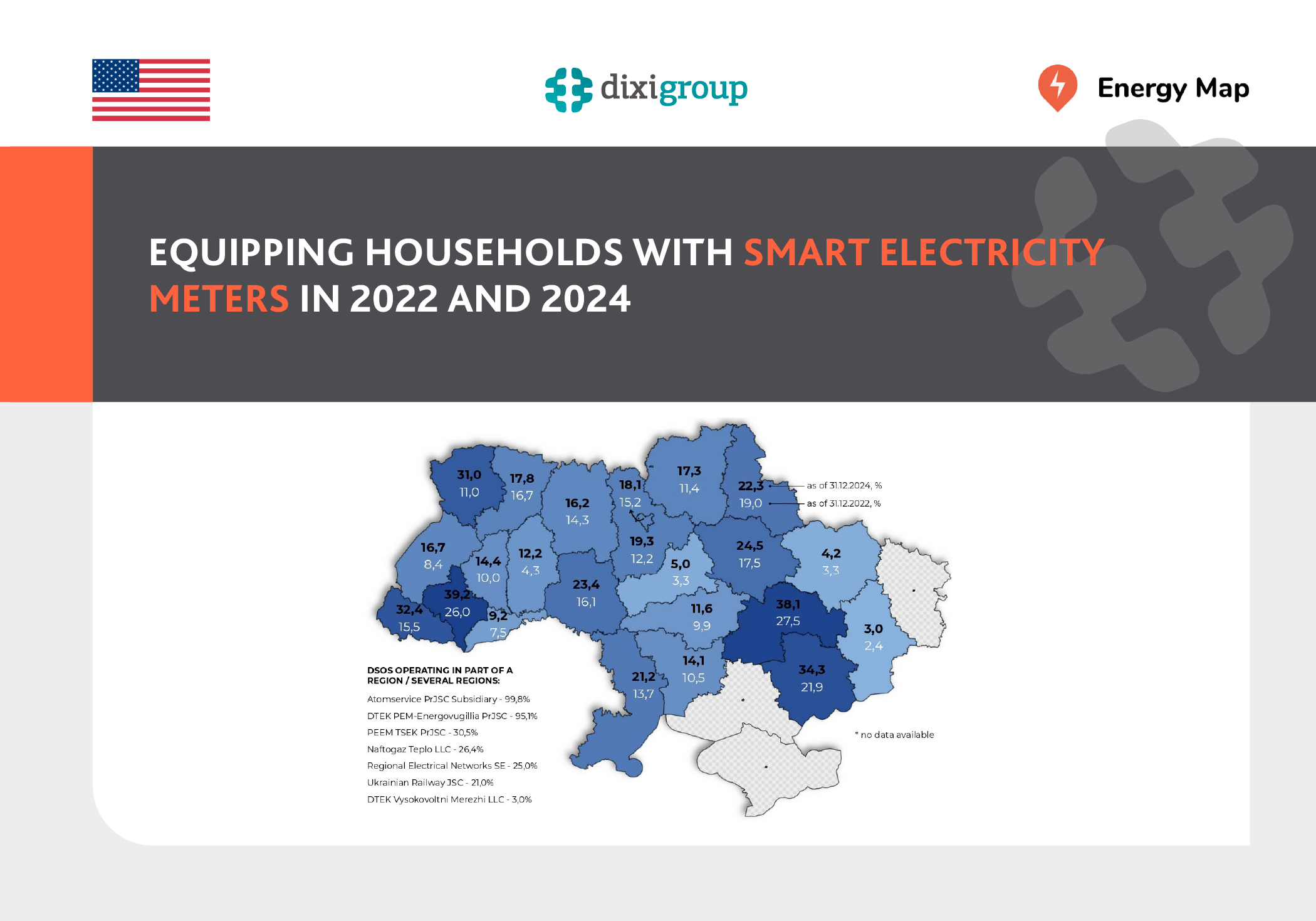
Among non-core DSOs operating in parts of one or several regions, some notable results were achieved by the end of 2024:
- Atomservice PrJSC Electricity Network Subsidiary – 99.8% or 15.5 thousand consumers (0.5% in 2022);
- DTEK PEM-Energovugillia PrJSC – 95.1% or 6.8 thousand consumers (48.9% in 2022);
- PEEM TSEK PrJSC – 30.5% or 32.3 thousand consumers (15.6% in 2022).
Dynamics of smart meter installation over two years
Over the past two years, the fastest growth in smart meter deployment occurred in the Khmelnytskyi region (+187.6% by 2022 – 46.4 thousand meters added), Volyn (+187.2% – 80.6 thousand), Zakarpattia (+111.1% – 76.3 thousand) and Lviv (+104.3% – 85.7 thousand) regions.
The slowest growth was observed in Sumy (+17.2% – 16.6 thousand), Zhytomyr (+14.2% – 11.5 thousand), Kirovohrad (+13.7% – 5.9 thousand) and Rivne (+9.2% – 6.7 thousand) regions.
Download data on the level of equipment with smart electricity meters. The dataset contains information on the number of smart meters installed in households by DSO. It also shows the level of consumer coverage and the number of meters planned for installation.
The analysis is based on data for the period from December 31, 2022, to December 31, 2024, obtained from the NEURC in response to a request, and does not include Luhansk Energy Association LLC and Khersonoblenergo JSC.
The preparation of this material was made possible by the support of the American people as part of the Energy Sector Transparency Project implemented by DIXI GROUP.
The information contained in this material is the sole responsibility of DIXI GROUP and can under no circumstances be taken to reflect the position of the U.S. Government.
